Raw Cotton
Raw cotton is the fibrous seed covering of the cotton plant, scientifically known as Gossypium. Cotton plants typically grow as small to medium-sized shrubs, depending on the variety and environmental conditions. These plants have green leaves and vibrant, attractive flowers.
₹1,000.00
Raw Cotton: A Comprehensive Overview
Plant Characteristics: Raw cotton is the fibrous seed covering of the cotton plant, scientifically known as Gossypium. Cotton plants typically grow as small to medium-sized shrubs, depending on the variety and environmental conditions. These plants have green leaves and vibrant, attractive flowers.
Taste and Color: Cotton plants do not possess any specific taste as they are primarily grown for their fibers rather than consumption. The color of the cotton fibers can vary but is commonly white, off-white, or creamy in appearance.
Soil Type for Growth: Cotton plants thrive in well-drained, sandy loam or clayey soils with good moisture-holding capacity. They require warm temperatures and adequate sunlight for optimal growth.
Major Global Production Regions: Cotton is primarily grown in regions with warm and tropical climates. The leading cotton-producing countries include China, India, the United States, and several African nations.
Main Region in India: In India, cotton is predominantly cultivated in states like Gujarat, Maharashtra, Andhra Pradesh, and Telangana. The region around Ahmedabad in Gujarat is particularly famous for its high-quality cotton.
Maturity Period: Cotton plants typically have a maturation period of 150 to 180 days after planting, depending on the variety and growing conditions.
Environmental Conditions: Cotton plants require a frost-free growing season with plenty of sunlight. Adequate rainfall or irrigation is essential for healthy growth. They are susceptible to pests and diseases, so pest management is crucial.
Physical Properties:
- Cotton fibers are soft, fluffy, and lightweight.
- They have excellent moisture-absorption properties.
- Cotton is a natural insulator, making it suitable for various textile applications.
Ingredients: Cotton fibers are primarily composed of cellulose, a complex carbohydrate, along with small amounts of wax, protein, and other natural impurities.
Shelf Life After Harvesting: Raw cotton, if stored properly, can have a relatively long shelf life. It is essential to protect it from moisture and pests to prevent deterioration.
Storage Conditions: Cotton should be stored in a dry, cool, and well-ventilated environment to prevent mold and mildew growth. Bales of raw cotton are often stored in warehouses with controlled humidity and temperature.
Uses and Consumers:
1.Textile Industry: The majority of raw cotton is used in the textile industry to produce a wide range of cotton-based products, including clothing, bed linens, towels, and more.
2.Medical and Hygiene Products: Cotton is used in the production of medical supplies like bandages and cotton balls, as well as hygiene products like cotton swabs.
3.Home Goods: Cotton is used in various household items such as curtains, upholstery, and tablecloths.
4.Industrial Applications: Cottonseed oil, a byproduct of cotton production, is used in cooking and various industrial applications, including cosmetics and soap production.
5.Cottonseed Meal: Cottonseed meal is used as animal feed due to its protein-rich content.
Cotton plays a vital role in both the textile industry and the global economy. Its versatility and wide range of applications make it a valuable commodity with a rich history dating back thousands of years.

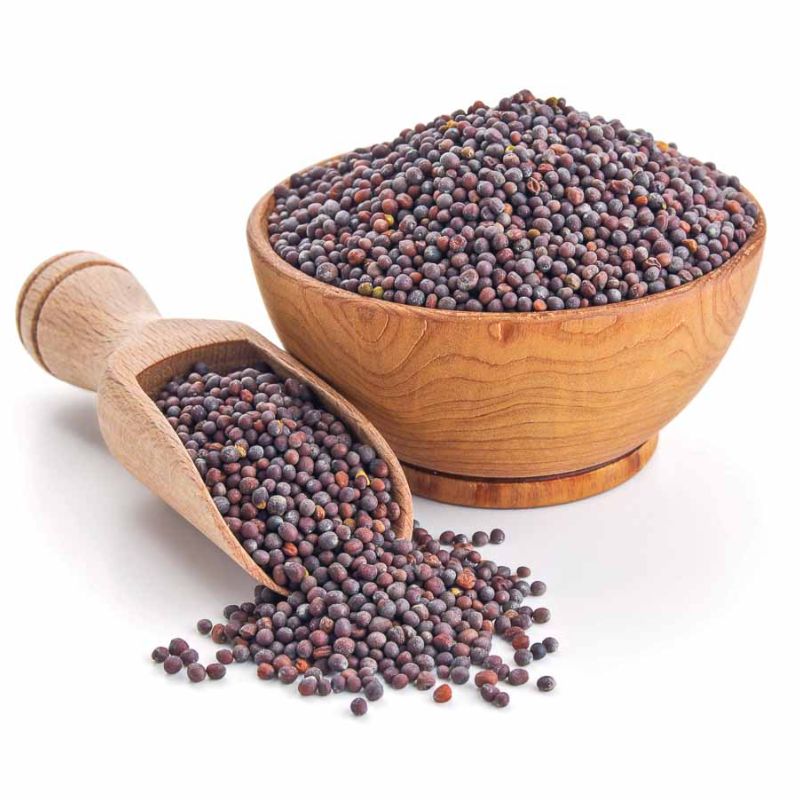
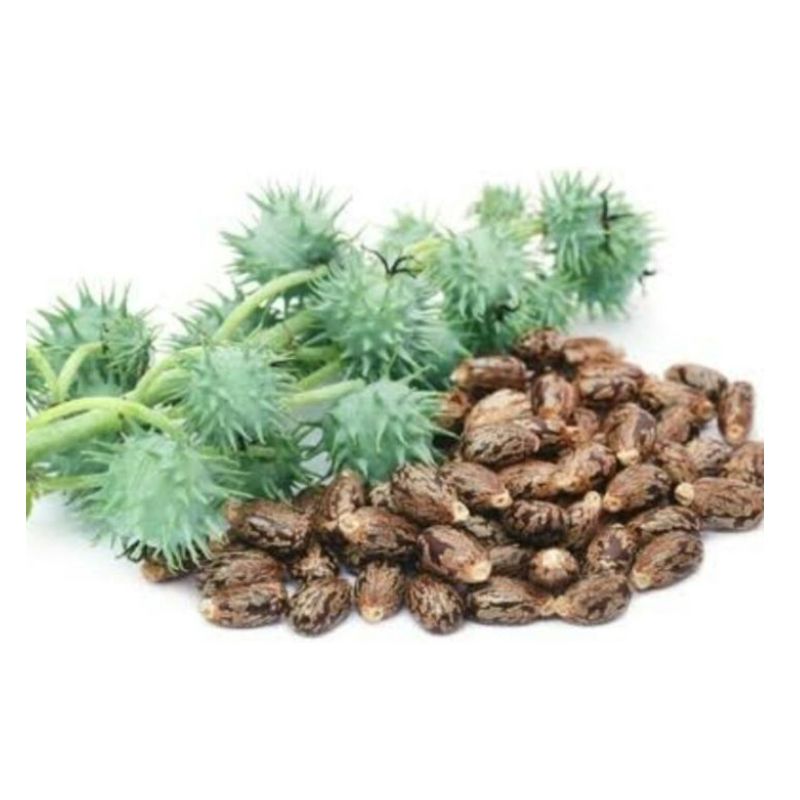
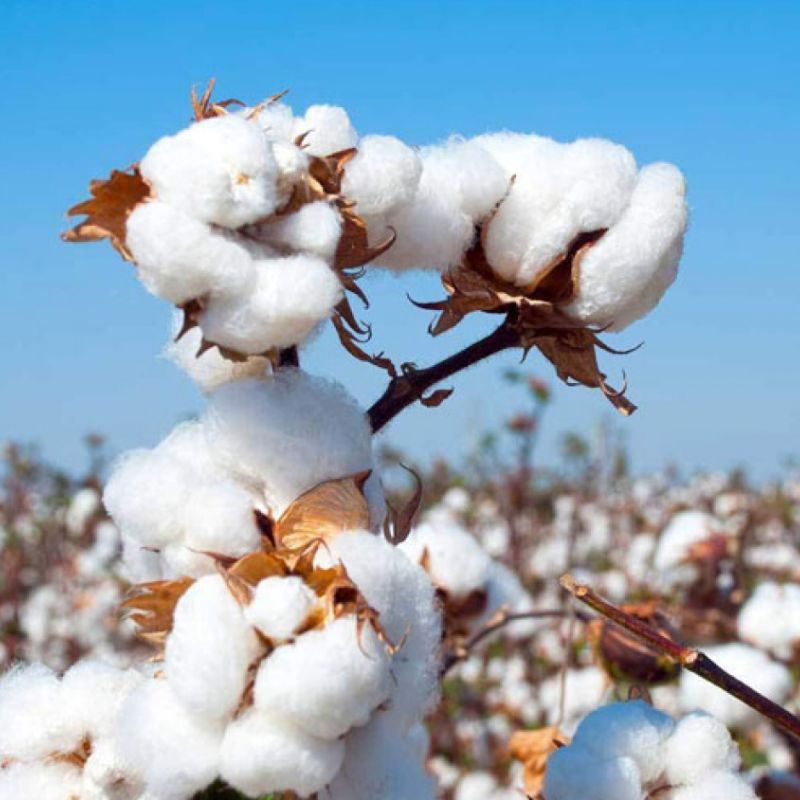
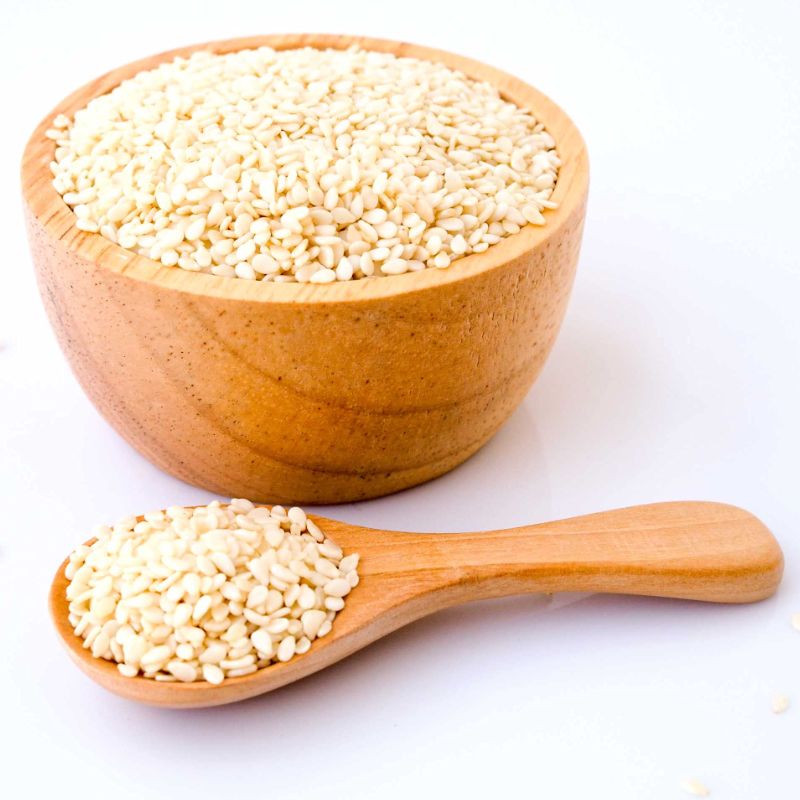
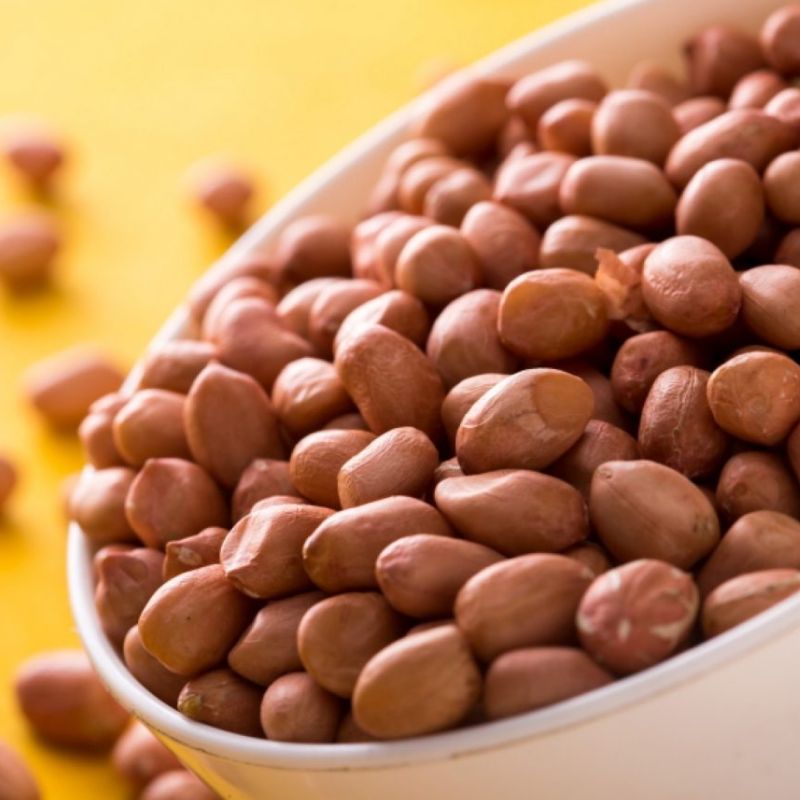
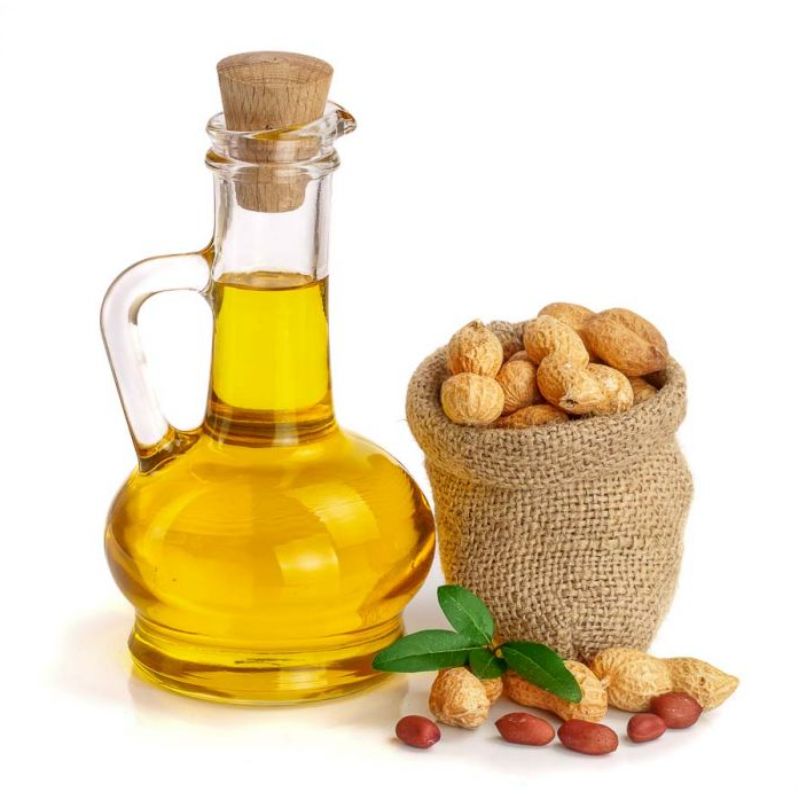
Reviews
There are no reviews yet.